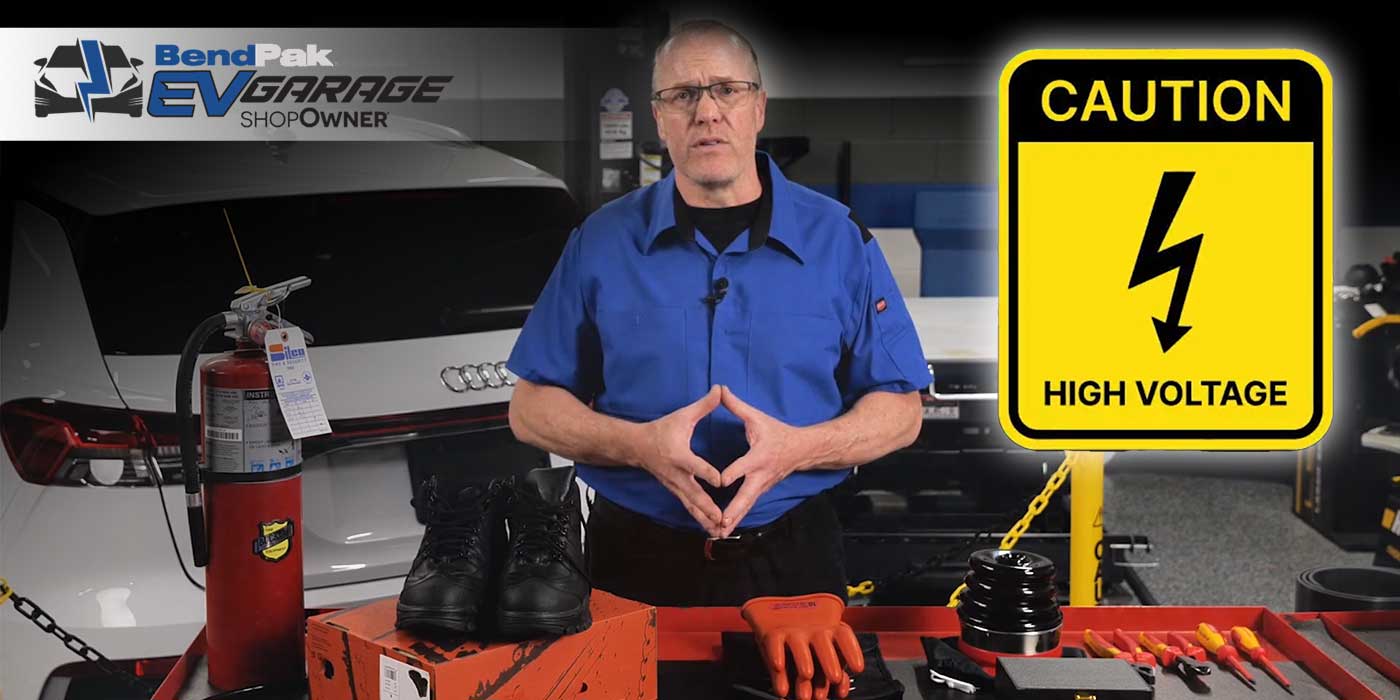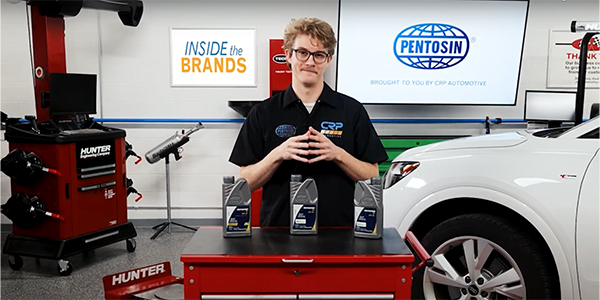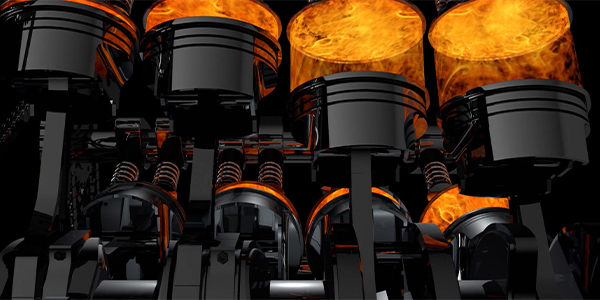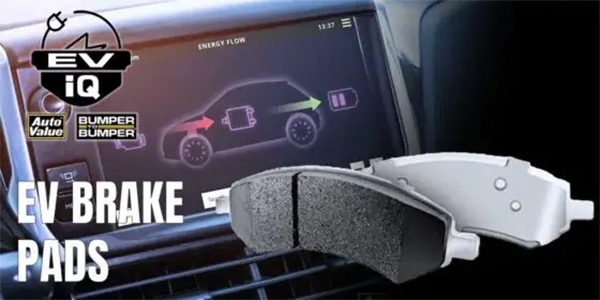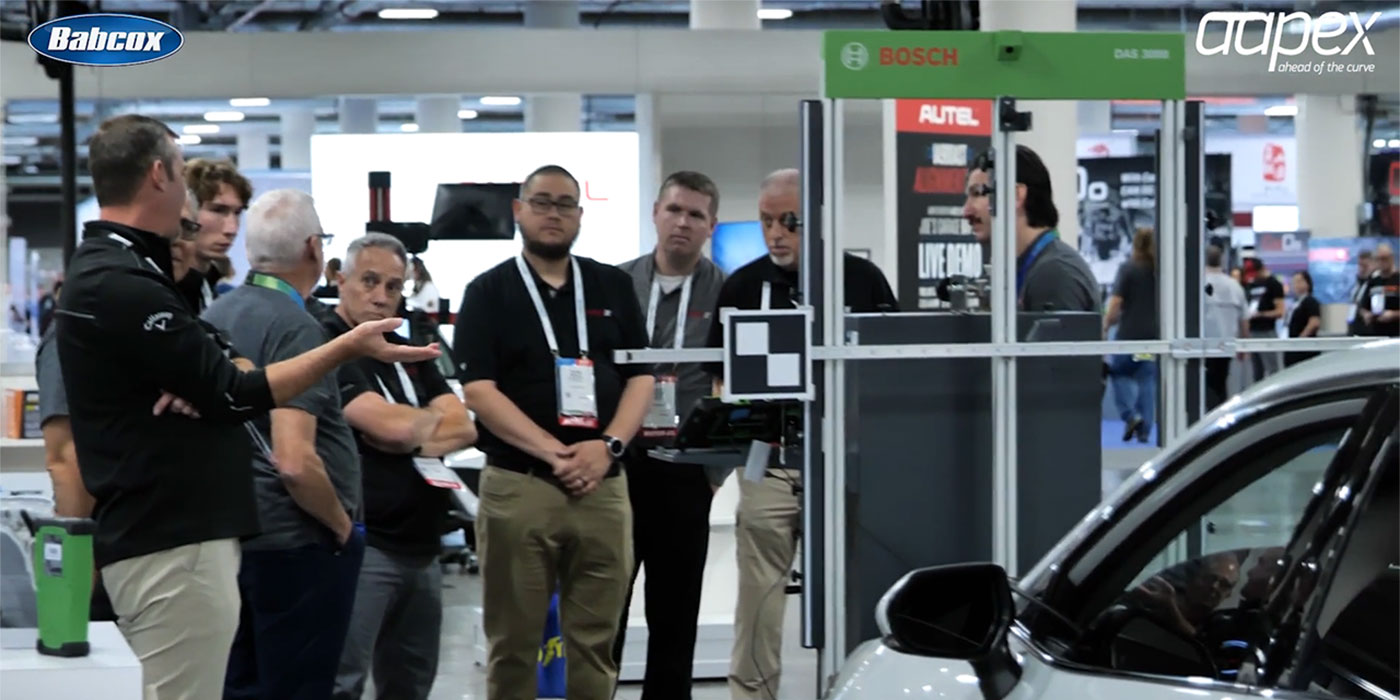You hop in the cab to start up your truck and notice — uh-oh… something doesn’t sound quite right in the engine compartment. If left unchecked, it could wind up with you stranded on the side of the road, in need of service. But what could it be? Let’s Pop The Hood and take a look.
If the engine is the heart of the truck, then the multi-v belt (or serpentine belt) system is an equally important part of the truck’s cardiovascular system. Class 6 and 8 trucks rely on these belts to deliver engine torque to important accessories like the alternator, A/C compressor, power steering unit and water pump. When one breaks, things can turn catastrophic, making sure you’re going nowhere fast.
These multi-v belts, like Continental’s Extreme Duty Poly-V belt, have rows of protruding ribs that line one side of the belt. The ribs match grooves on pulleys attached to various systems in the engine bay. If you wait too long to inspect your belts the material can stretch, start to crack, or even snap completely. But even a brand-new belt needs help to work properly.
A tensioner spring makes sure the belt is adequately tight throughout various needs of operation. When a tensioner is worn out or damaged, the belt may rotate without moving the pulleys (known as slipping). That can lead to insufficient power transfer, underperforming accessories and excessive heat buildup in the belt, which can lead to damage.
Watch the latest Pop the Hood video to learn how to spot and treat problems with your multi-v belt system.
This video is sponsored by Continental.

